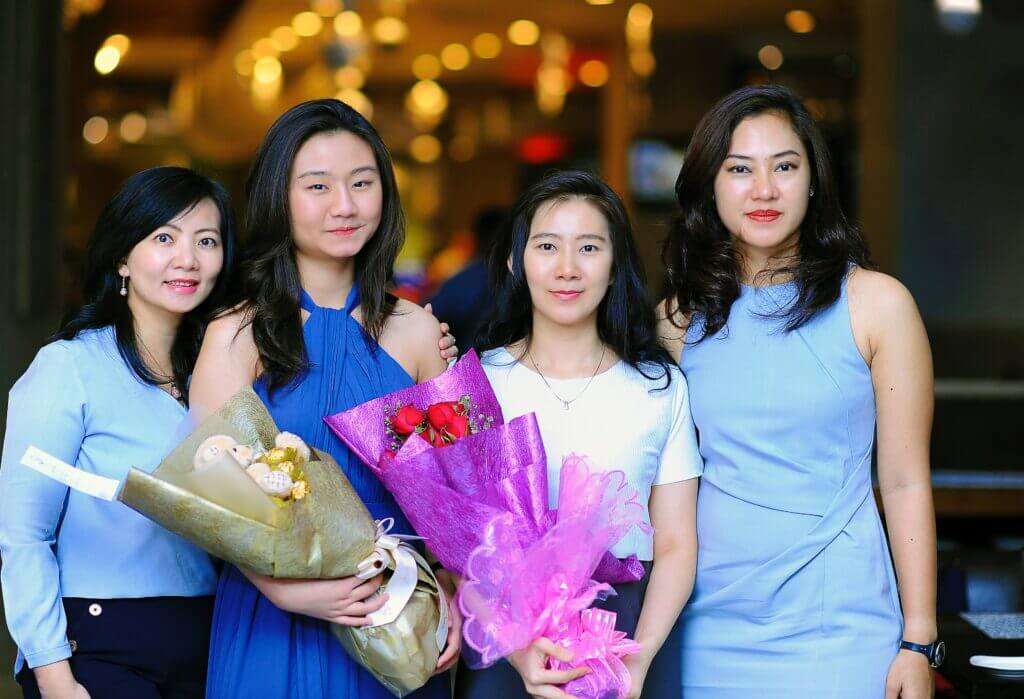
The Philippines was not identified by Airbnb as one of the most romantic destinations in the world for nothing. Aside from the beautiful islands and natural wonders that couples can explore around the country, Filipinos are romantic by nature.
Next to Thais, Chinese, and people from Hong Kong, Filipinos were identified as the fourth most romantic people in the region in the survey conducted by Consumer Purchasing Priorities in Asia-Pacific by MasterCard. Though pressed with financial capabilities, Filipinos remain best at the expression of love through their preferred ‘love language’ or heartwarming gestures that are subtle but definitely extravagant when received.
In particular, Cebuanos have a unique way of expressing their love and affection. Know for their devotion to the child Jesus, Sr. Sto. Niño, Cebuanos are truly committed when they put their heart and mind into someone or something. Hence, one can only imagine the gestures done by Cebuanos in expressing their love during the precolonial period—way before instant messaging and delivery services were made.
Chocolates? Flowers? Here Are the Precolonial Cebuno Practices of Showing Love
What makes you kilig? Flowers? Chocolates? Love letters? Imagine being serenaded by your favorite love song at night by the person that you truly like. What would it feel like to have a poem solely dedicated to you?
Here, let’s look into the beautiful practices done by Cebuanos during the precolonial period that showcase their love and affection for the person that they love.
One of the most endearing practices among Cebuanos is the long and painstaking process of courtship. Back then, women usually took their time to consider their suitors. The longer the man stays on this stage, the better, because this is often used as a yardstick for consistency and commitment to the intention. Aside from bringing gifts, men are expected to labor to get that ‘yes’ from the woman.
While harana, or serenading, is one of the common practices in different places around the Philippines, one of the creative ways that men used back then to express what their hearts felt towards a woman was through their words, through poems. In case you didn’t know, even President Carlos P. Garcia, who hails from Bohol, is a poet himself. He dedicated beautiful poems to Filipina women, including Dalagang Pilipinhon.
Roses are red. Violets are blue. What am I without you? These words may tug at the heart, but nothing beats the personally written words of a Cebuano. When it comes to writing, Cebuanos are of top caliber. Cebu is home to the best writers in the country, Palanca Awardees, for that matter. So, imagine the kind of letters women received before—and not that no-brainer “Nikaon naka?”
The strong family ties of the Filipinos play a big part in the courtship period. Hence, to win the woman’s heart, the man has to make his intentions clear to the woman’s family. The same goes for when the woman has decided who among her suitors she has chosen: she will also introduce him to her family, if not clan.
No matter how modern times have become, pamalay is still practiced among many Cebuano households. No wedding is ever held until the family of the man visits the family of the woman to formally ask her hand in marriage—although the purpose these days is to finally settle the date of the wedding, arrangements needed to be made, and task assignments.
Were you able to experience these practices firsthand? Is there still wisdom in upholding them? Or should we openly embrace all these fast-forward, modern-day speed dating processes? What do you think?